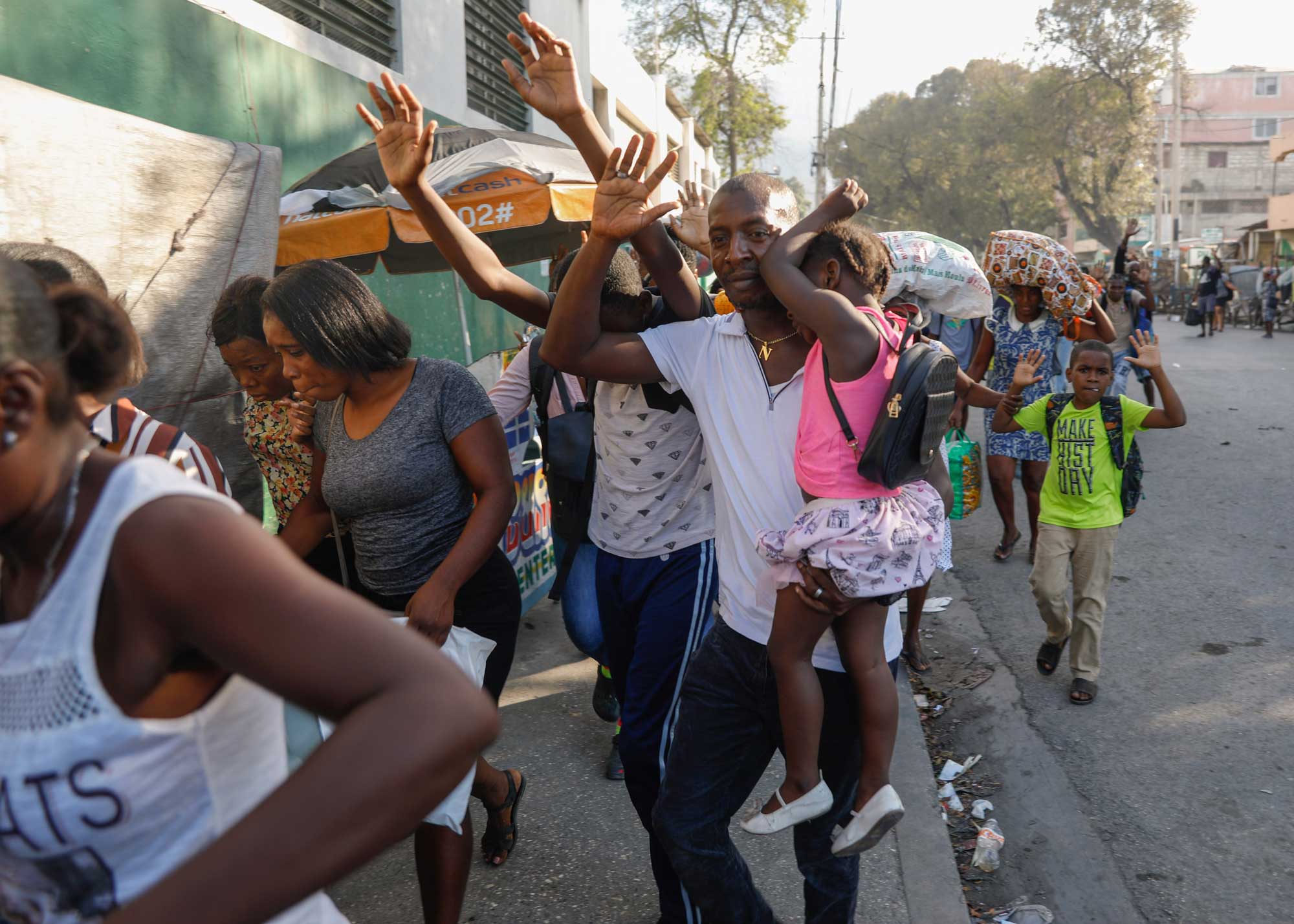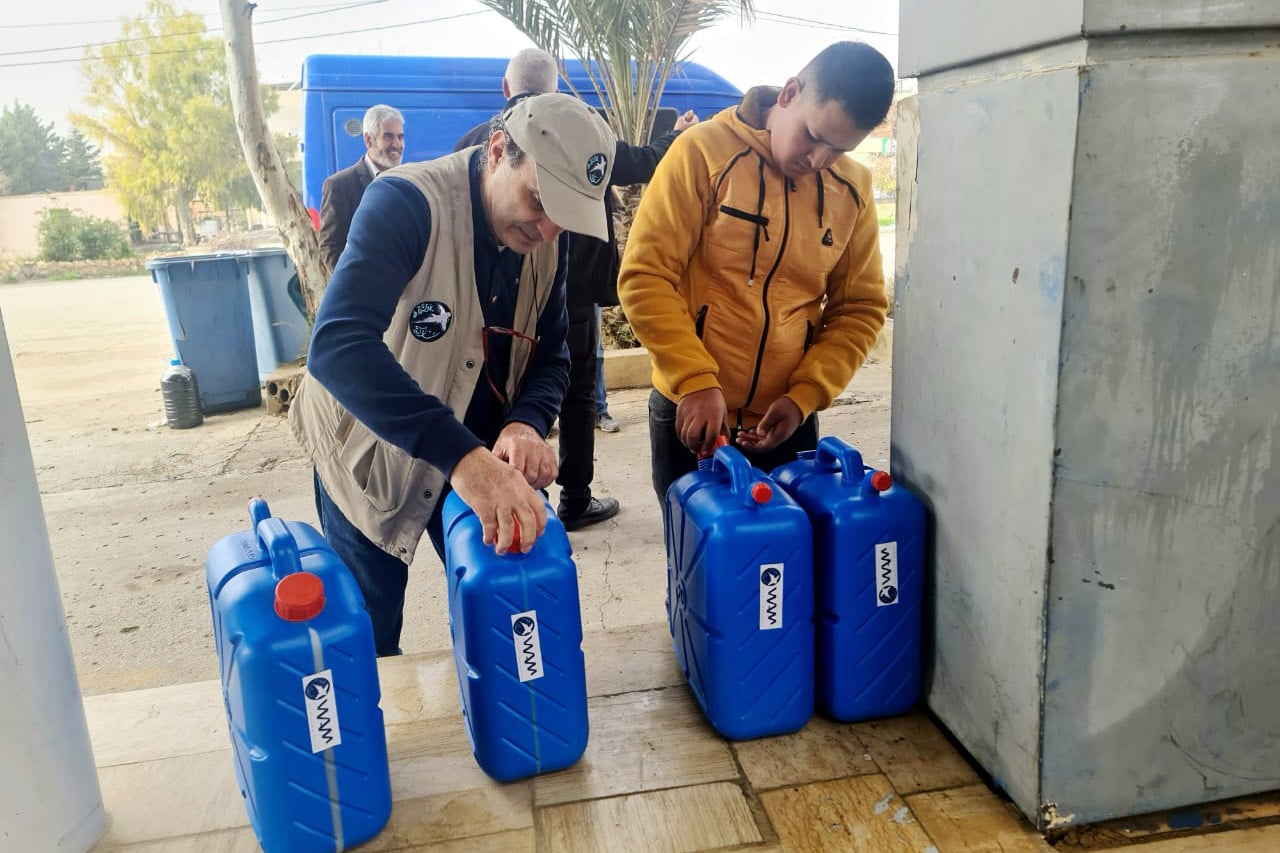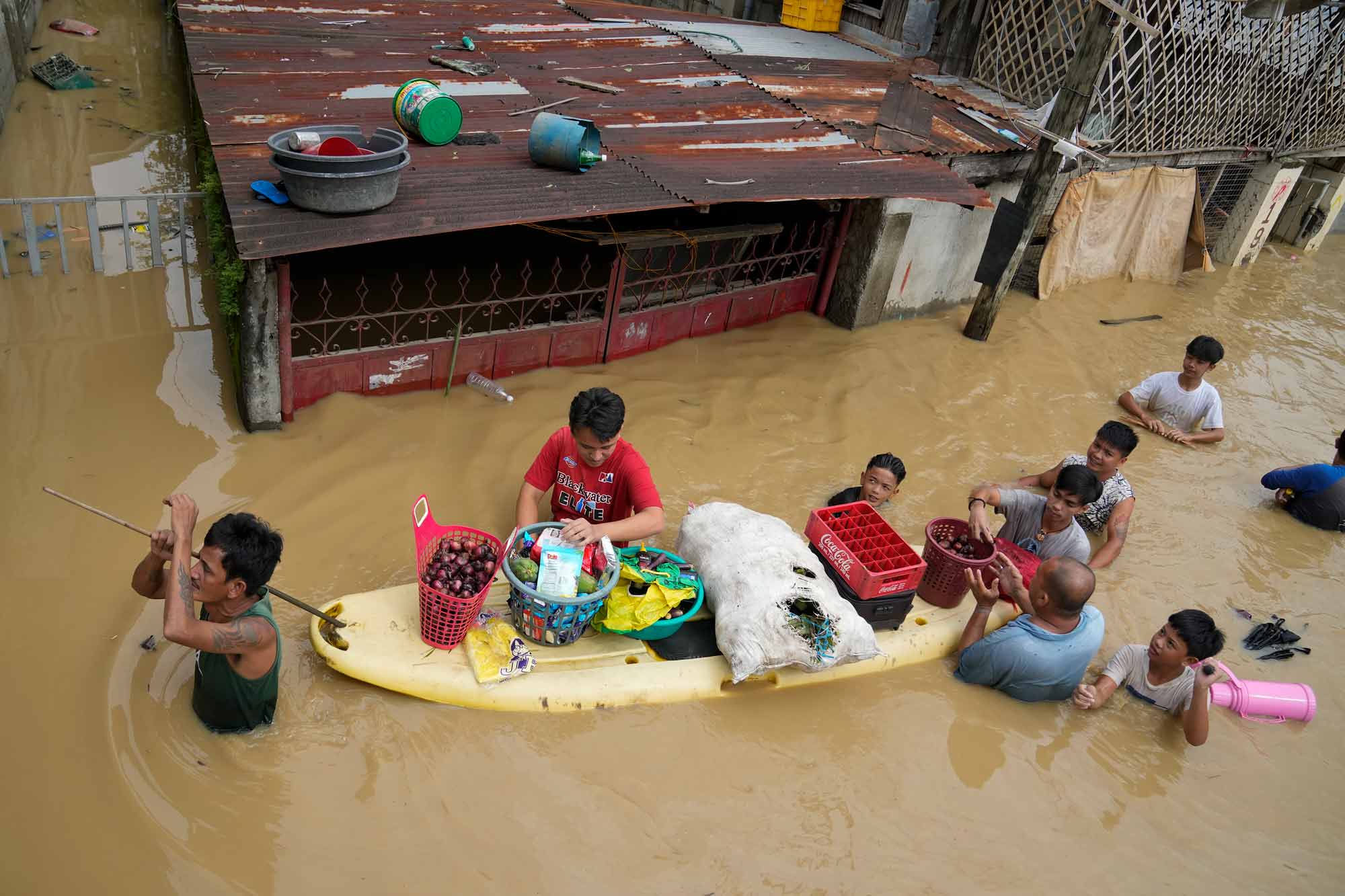Aid Making a Difference in Delaying Famine in Africa
The United Nations’ Office for the Coordination of Humanitarian Affairs (OCHA) announced that, for the time being, famine in Somalia has been delayed. The halt is due to the incredible work done by host communities and the tireless efforts of relief organizations like Convoy of Hope.
The fact that the very worst scenario has been delayed is encouraging, but millions of people in Somalia and throughout the Horn of Africa are still grappling with overwhelming hunger. Despite the delay in an official famine, the OCHA classifies the food insecurity in the area as catastrophic.
“Even without a famine declaration, the situation is extremely alarming,” said Adam Abdelmoula, U.N. Resident and Humanitarian Coordinator for Somalia.
Famine Delayed, but Not Erased
Famine can only be declared under very specific circumstances. And while official famine has not happened as quickly as originally anticipated, Somalia is still in desperate need of rain and international assistance. According to the U.N., the number of people affected in Somalia has more than doubled to 7.8 million people this year. For perspective, that is roughly twice the population of Los Angeles living on the verge of starvation, death, and extreme acute malnutrition.

“The scale and severity of the emergency are expanding as displacement continues unabated, food and water prices remain high, critical gaps in the response persist, and as the current rains have been poor and insufficient for replenishing water sources and sustaining grazing fields for livestock,” said Abdelmoula.
According to the Food Security and Nutrition Analysis Unit, famine is still projected in three areas within Somalia. Households in these areas are already experiencing very high acute malnutrition or can only meet their food needs by going to extreme lengths. Another failed rainy season in the spring could push them over into official famine if humanitarian aid doesn’t continue.
Humanitarian Aid Saving Lives
In neighboring Kenya, people are still struggling to feed themselves, their families, and their livestock. Marsabit County has not received rain for three years, and more than 1 million livestock have died.
Mr. Waqo, a herder who has lost 60 camels worth more than $25,000, said, “The camels die at the water wells after drinking water, having eaten nothing for days. We must drag them away to avoid the stench and allow people to fetch water.”
The city of Sololo is 400 miles away from Nairobi, the country’s capital. It takes 13 hours to get to Sololo by road, so aid is difficult to come by. Thankfully, Convoy of Hope recently sent more than 22,000 pounds of food to Sololo, which was then distributed to neighboring communities.

Many of the people in these villages are women and children. Men go out looking for water and pasture for their cattle while women stay at home taking care of children and getting food for the family. Daki, a mother of five, said, “Three of my children often rely on school-feeding programs to survive.”
Sadly, according to the Food Security and Nutrition Analysis Unit in Somalia, the number of people supported with food assistance next spring is expected to decline by a jaw-dropping 60 to 80 percent. Organizations like Convoy of Hope that have committed to serving the region for the long haul will be more important than ever.
Thank you for joining with us to provide life-sustaining food and nutrition to those struggling under the weight of drought and impending famine.











